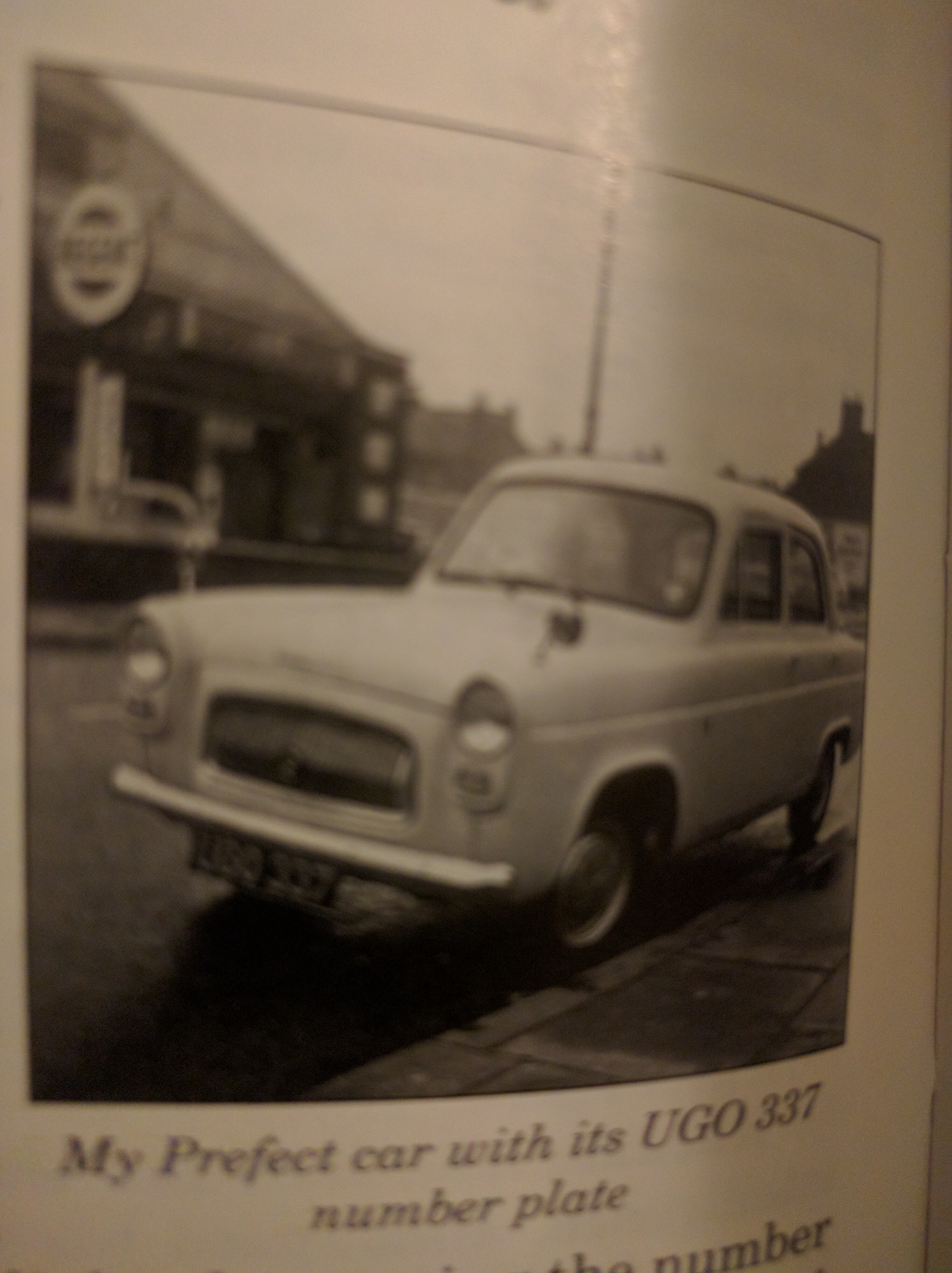
Reclaiming nature
How did Karachi go from being a city of green spaces to a soulless metropolis, and what can be done to make it green again?
by Afia Salam
I have vivid memories of my mother’s consternation when we moved to Karachi in the early ’60s. Coming to Karachi from lush green Wah Cantt, she found it annoying and tedious to dust the furniture twice a day — Karachi back then was little better than a dust pan; a windy city with billows of dust swirling in its wide open spaces, and into homes.
The newer settlements of the then capital city had more open grounds than parks, like the patches within neighbourhoods, as well as bigger spaces like Nishtar Park or Polo Ground, etc. The neighbourhood parks it did have, too, were more like dusty playgrounds, with a fringe of grassy tract skirting it.
Family outings to parks meant going to the ‘older’ areas of the city where proper parks had been established by the municipality. Be they the Zoological and Botanical Gardens, then known as the Gandhi Gardens, or the Jehangir Park, Frere Gardens, Jheel Park in PECHS, the park in Clifton just after Do Talwar or further down at Old Clifton, or the grassy terraces alongside the Jehangir Kothari Parade to name a few. Hill Park and Aziz Bhatti Parks were additions that came much later, when Karachi had already lost its status as the capital.

These and some other patches of green, like the Gutter Bagheecha, complimented the sprawl of the city at that time. They had shady trees, water bodies and grassy tracts, as parks are supposed to have. However, the sudden and burgeoning growth meant that attention needed to be diverted to other sectors, and land became a diminishing commodity, generating its own push and pull dynamics, which slowly saw the encroachment of these parks.
The unbridled increase in population also meant that the balance between the people and green spaces, or tree cover was disturbed, and over the years Karachi became a concrete jungle, with only a smattering of green spaces, which were wholly inadequate. This, of course, I needed to state to just set a context to people who lament at the denuding of Karachi’s greenery, which is taking place, but is only a generation old.
EACH DOING THEIR PART: HOW CITIZENS HELPED KEEP KARACHI GREEN
Although most parts of Karachi were laid according to a plan, like Nazimabad, North Nazimabad, Federal B Area, etc, attention to tree plantation fell by the wayside as there was not a single master plan that was adhered to. Residents deserve more credit for the tree cover than the civic agencies; they planted fruit trees as well as flowering ones that gave aesthetics to the city, and nurtured them. Most of the older houses that had space still have large trees.
The concretisation of the city also jolted the horticulturists into action who wanted to cover the spaces, and that is when the city witnessed the first of its planned ‘mistakes’. Eucalyptus was planted everywhere in the city, as it was a fast growing, shady, ‘air purifying’ tree that also had commercial value, and could help lower the water table as its roots sought water. They were planted on road sides and medians, along storm drains, as well as in the newly-reclaimed land of the DHA which had a high water table.
No one had anticipated the thirst of its roots, which travelled a long way to seek water, breaking open the water pipes and popping up through the cemented storm drains. On the other hand, the trees planted along the road side in the early ’40s and ’50s, like the peepal, etc, were now entangling with the overhead wires that came to signify the utilities of the metropolis.
The proverbial fell swoop comes with just a few lines on an official paper with the signature of the competent authority, who ordered the cutting of the ‘offending trees’. This somehow seems to have become the order of the day for Karachi, whose green dream fails to materialise due to this ‘one step forward, two steps back’ approach. Not that the city’s citizens took such government decisions lying down; many fought back and succeeded (see The green dreamers).
A CONCRETE JUNGLE IN THE MAKING
The city’s ‘development’ and concretisation continued, and in mid-2000, the need for a green Karachi led to the massive planting of Conocarpus, a fast growing species that has spread to all parts of Karachi, despite there being clear guidelines against the planting of alien invasive species. It may have increased the green cover, but certainly not without posing health and environmental hazards. Why a species like Conocarpus was chosen is confusing especially since there are many native and local tree species that are more suitable to the city’s environment and weather (see Going native).
This species has been identified as a carrier of allergens that cause respiratory problems. Not only was the species chosen unwisely, it was planted in a manner that it overtook all existing local plants. Monoculture, or planting of only one species, is against all tree plantation protocols, but they were all bypassed so that all one sees around one are Conocarpus, to the disadvantage of the local trees like neem and lignum that had earlier dotted avenues and medians. Monoculture is known to disturb the bird population and that too has been observed in Karachi, with birds not preferring to nest in this tree.
While it did increase the green cover of Karachi, it brought no significant benefit as the tree offers little shade, or a lowering of the temperature due to the type of its leaves. In a coastal city like Karachi, it also posed a hazard to vehicular traffic in strong breeze because of its weak branches; and because of its fast growing nature, it hit the overhead electricity wires at a faster rate, requiring greater maintenance.
One reason could be that despite time, expense and effort spent in the preparation of plans by technical experts, they are sidelined or not fully implemented — horticulturists and plant ecologists were part of the technical committee that advised on the appropriate species for Karachi. Considerable work had been done to draw up a Comprehensive Plan on Forestation, Aesthetic Plantation and Landscaping for Karachi as part of the Karachi Strategic Development Plan 2020 during the time of the City District Government of Karachi. The report charted the planting potential in green belts along roads, rivers, highways, link roads, agricultural fields, blank lands, roundabouts and streets, according to the soil conditions and water availability.
Commericalism and ‘development’ also often trump the need for green space. Billboards, for instance, are a big business and there are many agencies involved in the entire operation. There are allegations of corruption in the way they operate to the detriment of the environment, and because there is no central control over the agencies, a measure taken in one area usually does not get replicated in the other. Not only do they pose a hazard and destroy the aesthetics of the city, they have contributed to the loss of the tree cover through clandestine cutting where only pruning was allowed.

Another issue that is now causing concern is the plan to strip the route of the Green Line of all its trees, almost 19,000 in number! One cannot stop progress, or deny the need for mass transit schemes. Does that mean that the rampant tree cutting we see due to the ‘development’ schemes and commercial purposes like advertising billboards should not be protested about? No certainly not. To quote an already overused cliché, two wrongs do not make a right. However, it is difficult to shed tears for plants that should not have been planted in the first place, like the Conocarpus. The maximum number of trees facing the axe because of this project belongs to this species.
There is a proper scheme outlined to offset the effects of this massive tree cutting exercise. It calls for planting of five trees as a replacement for one of some species and 10 in place of one for some other species. What the concerned citizens of Karachi need to be watchful of is whether this offset is being carried out. So, often an infrastructure project is initiated with complete disregard for the environmental impact, and by the time its negative effects are perceived and voices raised, it is presented as a fait accompli and completed.
Stripping Karachi of 19,000 trees will have a huge impact on the urban jungle that this city has become that needs these trees as its carbon sinks. Citizen groups must form monitoring committees that should act as watchdogs or we shall exacerbate the negative effects which will be severely felt when the temperatures are high.
FIGHTING BACK
So on to the present time, and once again we see rampant cutting down of a tree cover which is now absolutely paltry, given that Karachi is now a city of over 20 million. This is one issue agitating the citizens of this city because they have come to realise the importance of trees, especially in the aftermath of last year’s heatwave when so many lives were lost.
One of the key reasons cited for the devastation was the lack of green cover in a city of concrete, which resulted in the heat becoming trapped, producing the heat island effect. Most of the people who died were those who were exposed to it in open areas because there were just too few trees under whose shade they could have found some respite.
Encroachment of the city’s parks means that there were fewer places offering shades. The unusual horticulture practices adopted over the last few years in some of the newer parks also saw them being developed devoid of trees and full of ‘sculptured’ decorative bushes. This meant that in the intense heat of the day, no one could visit these large parks as there was no shade to be found there, and these were populated only in the evenings when the temperature had already dropped.
While seasonal tree plantation drives were garnering more stakeholder support, the issue of greening of Karachi gained resonance with Karachiites who were really shaken by the devastation wrought by the heatwave. Many citizens groups have been formed to take matters into their own hands, (Mera Karachi Green Group, Voice of Karachi) seeing that the task could not be managed by government agencies alone.
At another level, a successful model of collaboration between the civic agencies and civil society (Sarsabz-o-Pursakoon Karachi) was put in place last year, which also contributed to the efforts to increase the green cover of Karachi during the regular tree plantation drives during spring and monsoon seasons. This brought diverse stakeholder groups like NGOs, civil society organisation, welfare societies, schools, colleges, mosques, mandirs, churches, community centres, villages as well as corporate bodies on the same table as the commissioner of Karachi and relevant government departments, including the forest department, cantonment boards, etc.
Targets were set and plants were very carefully chosen to make sure only native species were selected. This is a key issue because some years earlier the multi-stakeholder body decided to pay heed to its recommendations as well as those elicited from the plant experts.
There was a two-pronged approach to dealing with the issue at hand; one was through plans for plantation, in accordance with the different ecological zones identified in the city; and the other was through court action to stop tree cutting, especially due to erection of billboards. There is a mafia at work in the city that has been wantonly cutting trees to make space for billboards, and one theory about the removal of the commissioner, Asif Hyder Shah, is that he had taken a firm stand for the implementation of the Supreme Court order for removal of billboards. For the first time an FIR was lodged at his behest from the commissioner’s office against the ‘developers’ who were cutting trees and flouting court orders.
WHERE THERE’S A WILL, THERE’S A WAY
Here it must also be explained that awareness needs to be created among concerned citizens to discern the difference between cutting and pruning. While the protest against the former is something everyone must do, they should know that a cut tree means that only a stump remains. Some of the trees whose foliage and branches have been cut but are still standing have been pruned, which is a necessary practice to shed them of the biomass and allow for their rejuvenation in the next season.
Being a coastal city, it is encouraging to note that the tree cover of the mangrove forests is being increased. Recently the Pakistan Navy has undertaken the task of planting one million mangroves in collaboration with IUCN-Pakistan. In a country which has a pitiably low forest cover, barely moving beyond 4pc, and the highest rate of deforestation in South Asia, the growth in the area under mangroves is encouraging. This can be easily seen through the GIS mapping of the plantations by the Sindh Forest Department.
It’s true that there are incidents of logging by the coastal communities and the timber mafia, but these are far less than before through community stewardship. This method of stewardship by communities and organisations, wherein they take ownership of the management of trees planted by them during, and after the publicised campaigns, is the only way to the greening of Karachi in a sustained and sustainable manner.
People need to be educated to use all possible methods of urban gardening and by staying mindful of the diminishing resource of water. By choosing the plants wisely, in an eco-friendly manner, they can make Karachi’s green dream come true, and contribute to the aesthetics as well as the health of the city.
Here again the rehabilitation of some parks by reed bed methods undertaken by the Pakistan Navy is an example that can be followed at the micro and macro level. They have already rehabilitated the Aziz Bhatti Park in Gulshan, and the Golf Course at Karsaz also is benefitting through grey water harvesting, which is the way to go in a city that will have less and less water in future.
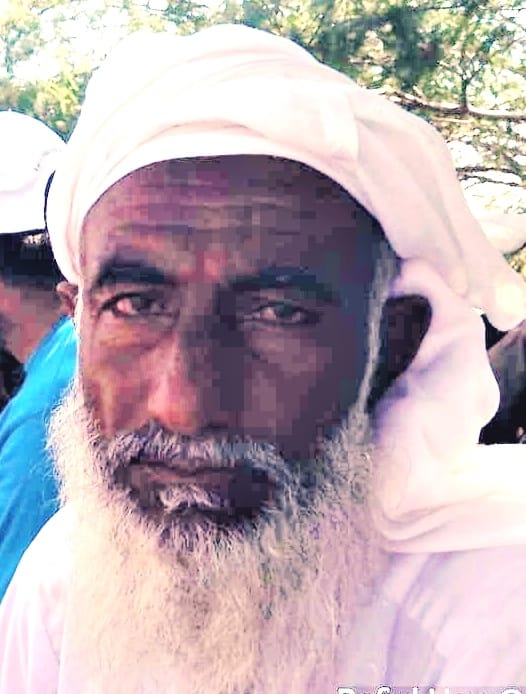
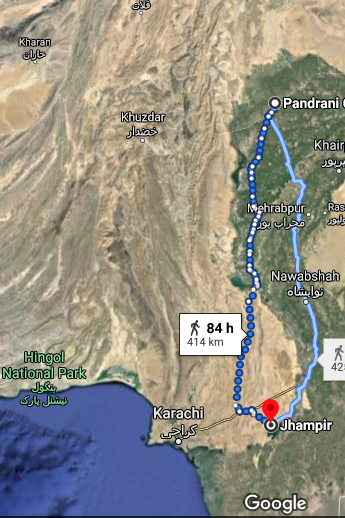

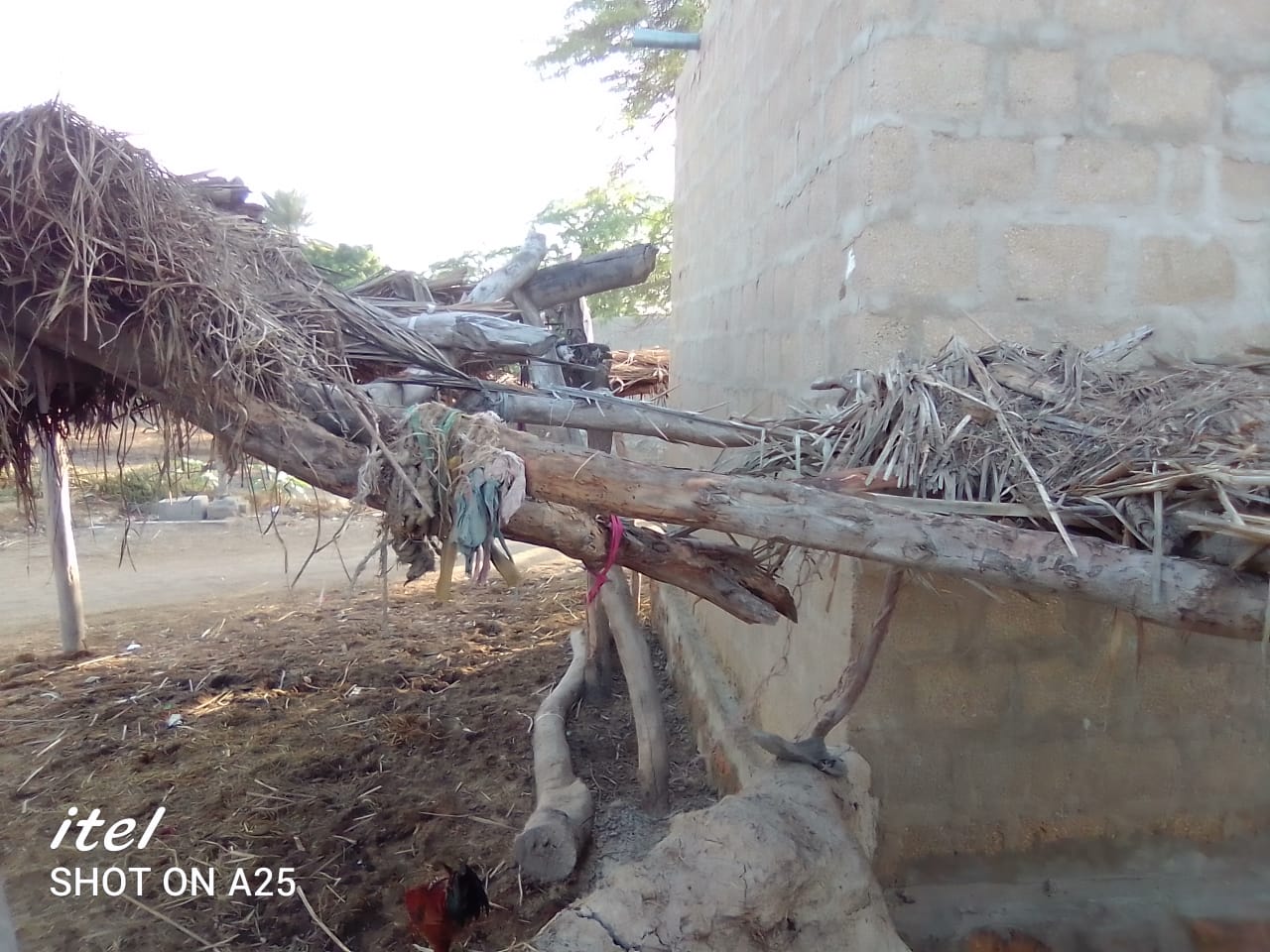

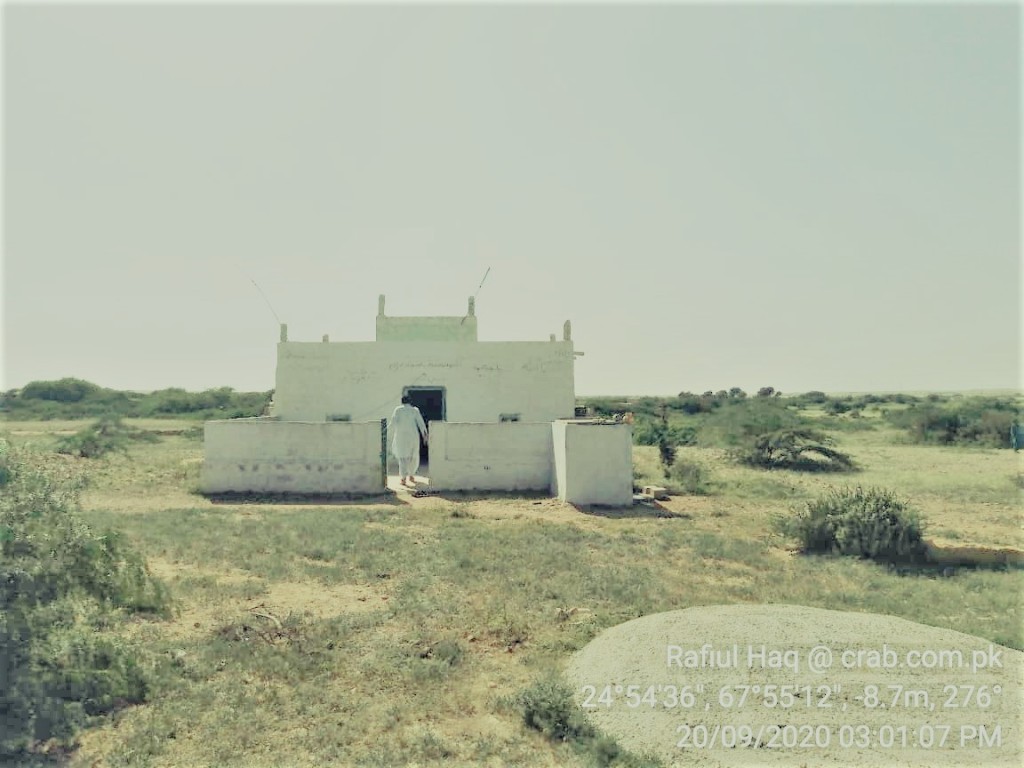

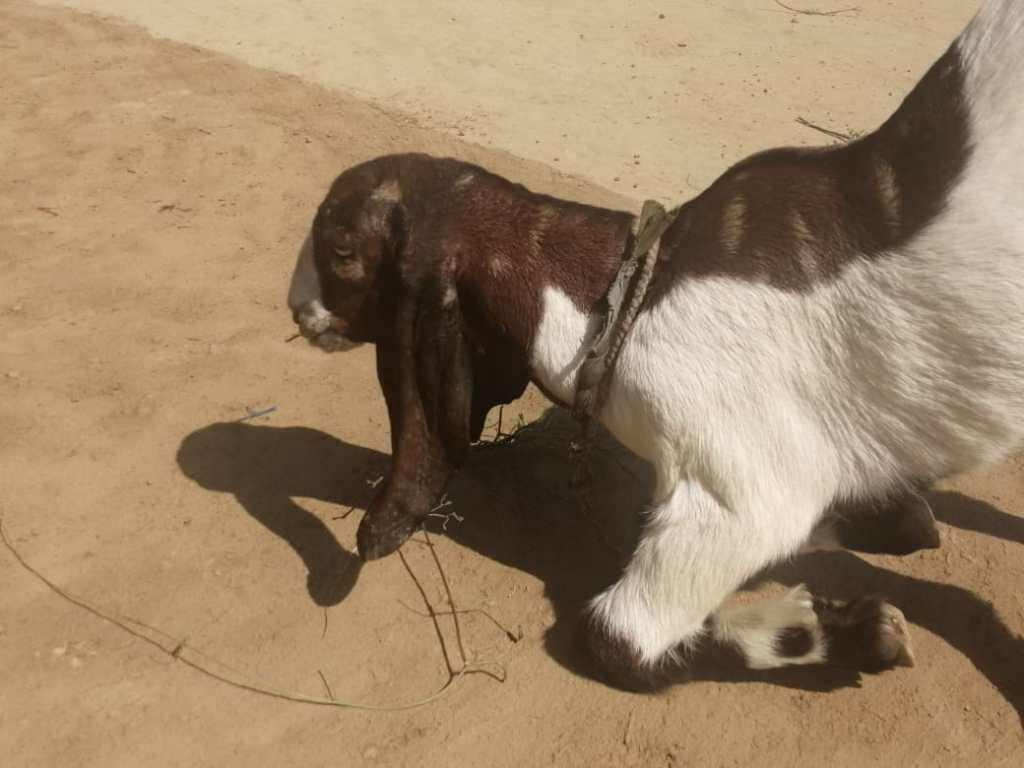

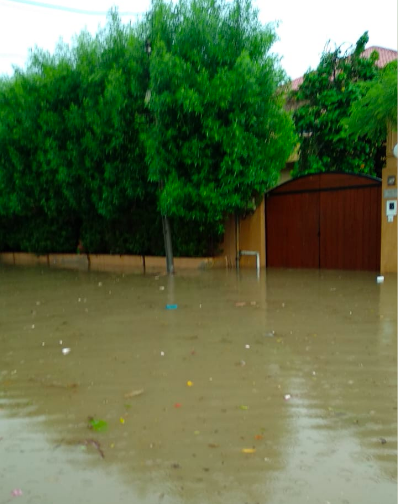


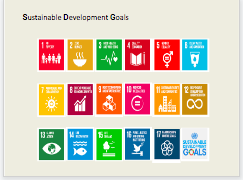
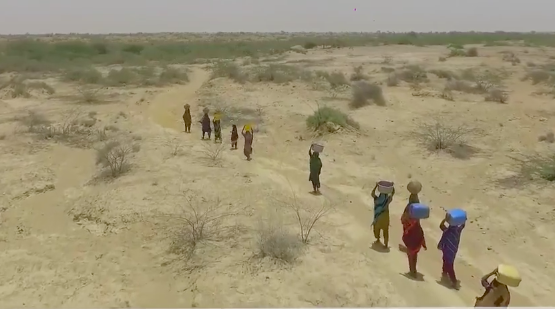 On World Water Day 2018, think water, think women, and think Nature Based Solutions, or NBS as they are called. Why women? Because there is a clear water and women nexus in most communities that places the responsibility of fetching water, and its judicious use, on women.
On World Water Day 2018, think water, think women, and think Nature Based Solutions, or NBS as they are called. Why women? Because there is a clear water and women nexus in most communities that places the responsibility of fetching water, and its judicious use, on women.


 Women, who bear the physical and social burden of fetching water have to go further and further in search of the watering holes to fetch water for household use as well as take livestock there to fulfil their needs.
Women, who bear the physical and social burden of fetching water have to go further and further in search of the watering holes to fetch water for household use as well as take livestock there to fulfil their needs.



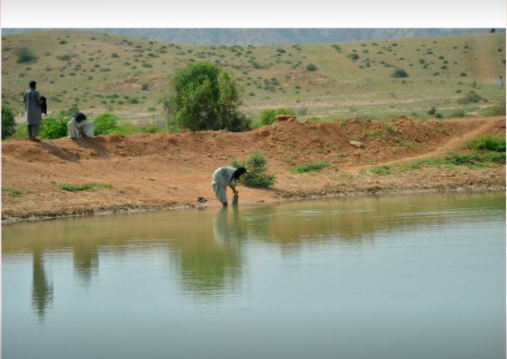
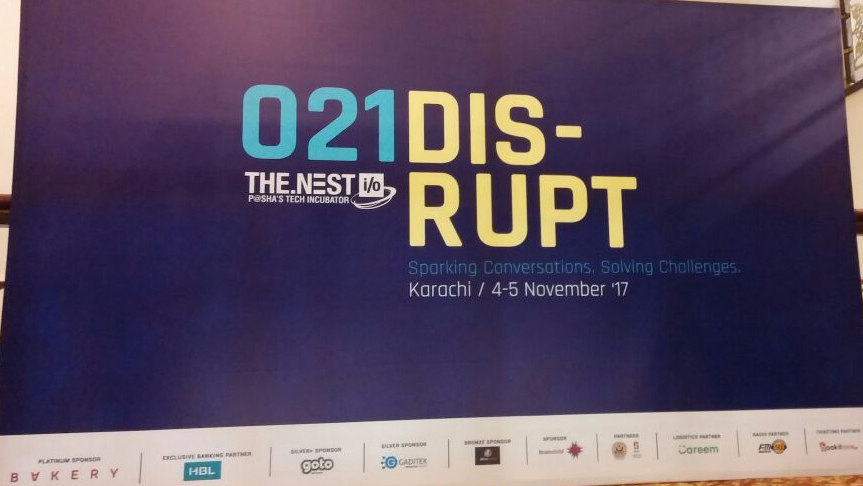
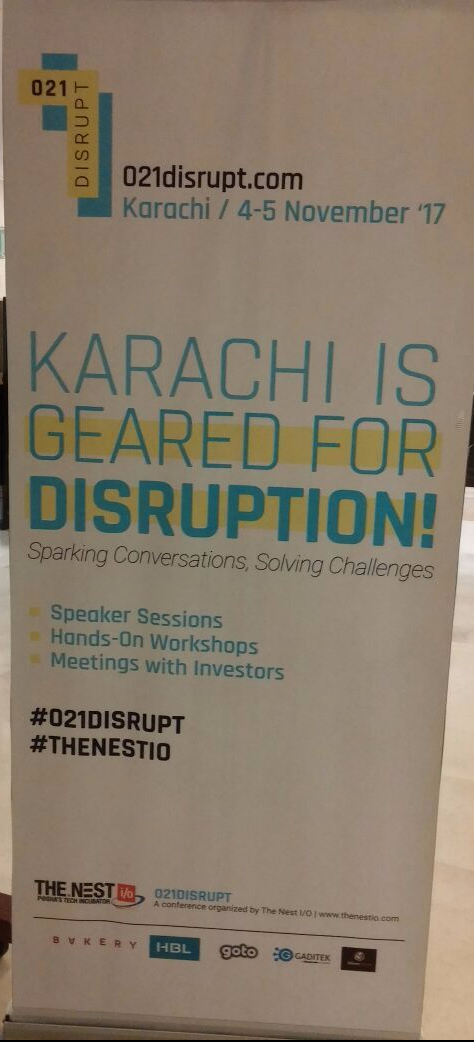















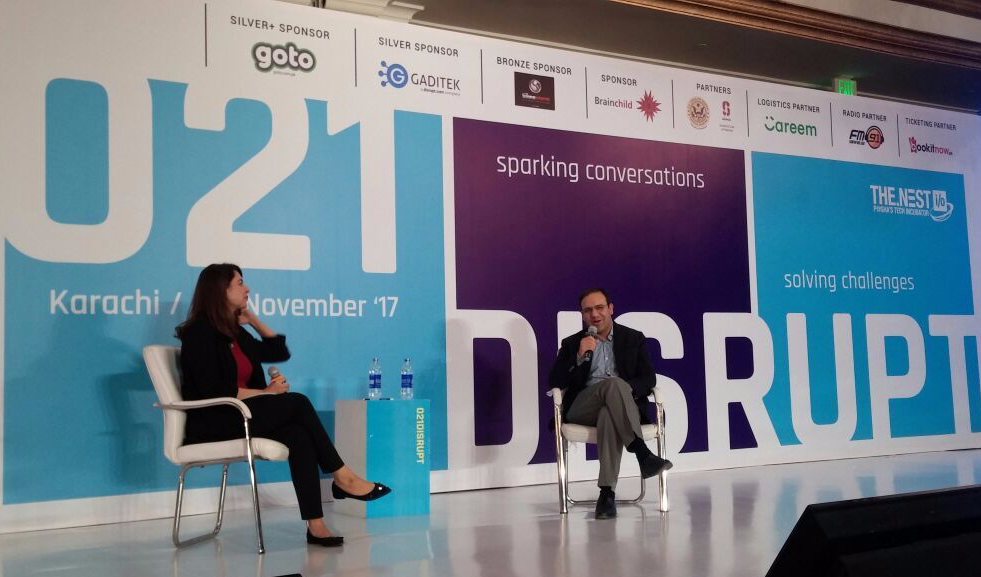
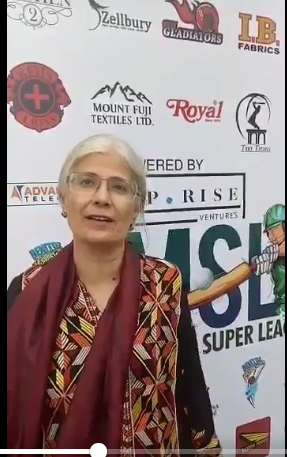

 first time as a four year old when we moved to Karachi. I was put in a ‘Christian’ (NOT Missionary) school, and lived in the upper portion of a house where a Christian family lived, whose daughter was my classmate. Being a diffident newcomer, I tailed her in school, and recall being gently led out of the chapel where she had to go for her religious class. I can’t for the life of me remember what we non-Christians were taught at that time.
first time as a four year old when we moved to Karachi. I was put in a ‘Christian’ (NOT Missionary) school, and lived in the upper portion of a house where a Christian family lived, whose daughter was my classmate. Being a diffident newcomer, I tailed her in school, and recall being gently led out of the chapel where she had to go for her religious class. I can’t for the life of me remember what we non-Christians were taught at that time. es who went to somewhere other than the mohalla masjid for their eid prayers because they were from the Ahmadiya community, but that only meant that we had to wait for them to return so the children could get together to go around on the eidi collection mission.
es who went to somewhere other than the mohalla masjid for their eid prayers because they were from the Ahmadiya community, but that only meant that we had to wait for them to return so the children could get together to go around on the eidi collection mission.
 And then came Gilchrist in the room… that fearsome West Indian pacer, the nemesis of all batsmen in the line of his lethal projectiles.
And then came Gilchrist in the room… that fearsome West Indian pacer, the nemesis of all batsmen in the line of his lethal projectiles.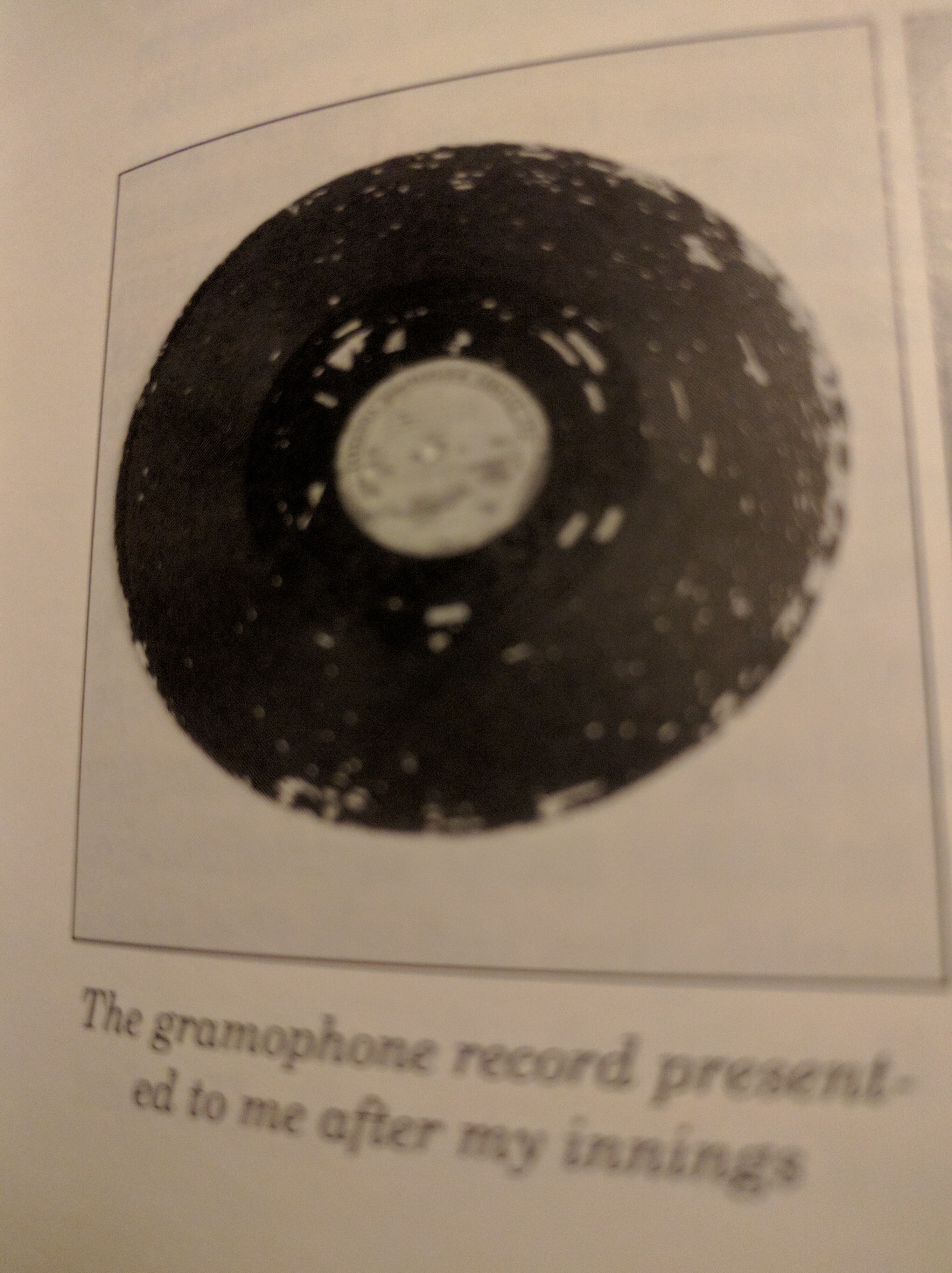 g Play record presented to him after the match.)
g Play record presented to him after the match.)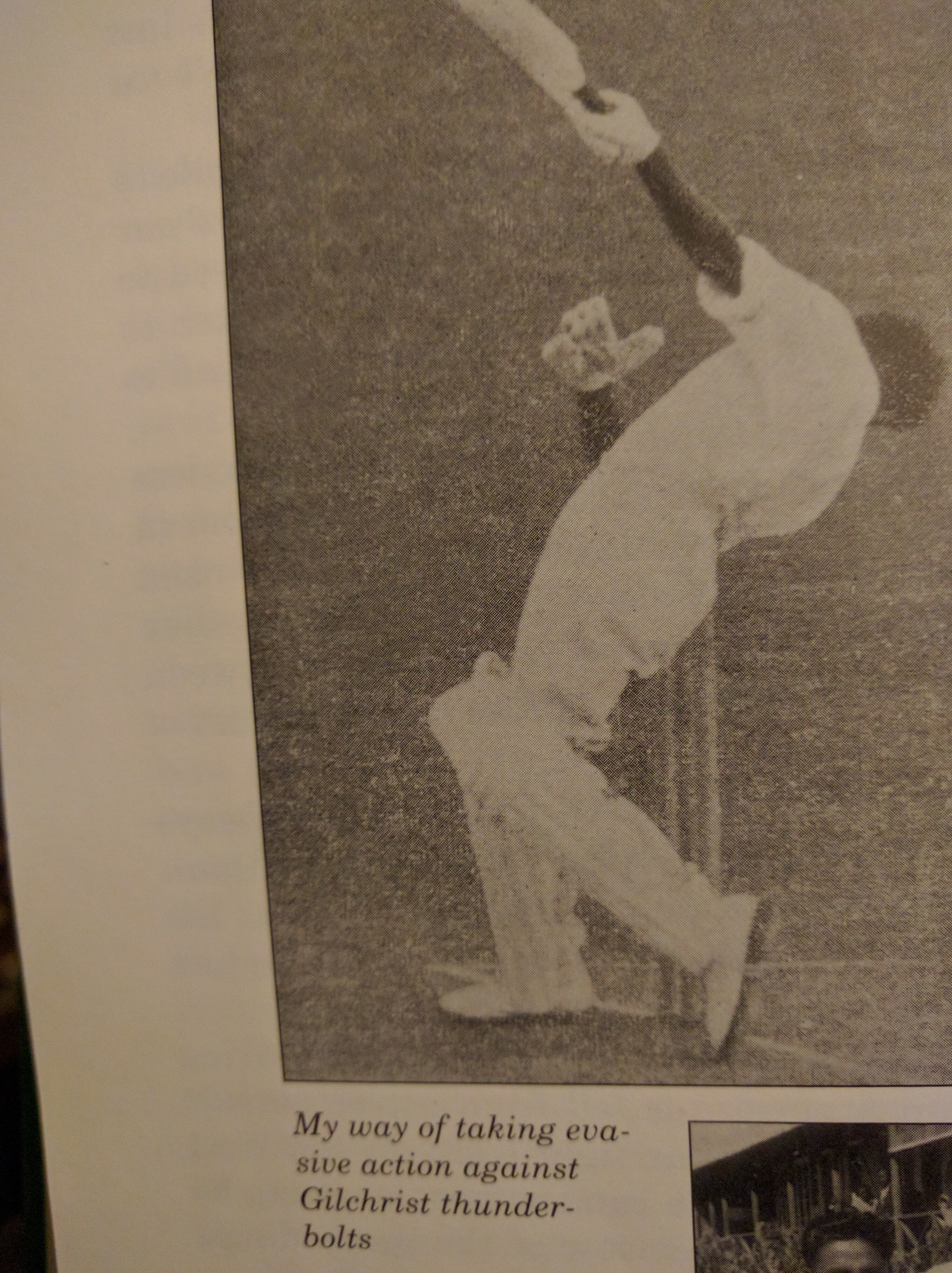 He faced the pacers any which way he could, in the days of folded towels inside pockets serving as cushioned guards, and flimsy (by today’s standards) pads, NO HELMETS, and certainly no No Ball calls from the umpires to the beamers aimed at the head by Gilchrist each time his ball was hit for a four!
He faced the pacers any which way he could, in the days of folded towels inside pockets serving as cushioned guards, and flimsy (by today’s standards) pads, NO HELMETS, and certainly no No Ball calls from the umpires to the beamers aimed at the head by Gilchrist each time his ball was hit for a four!
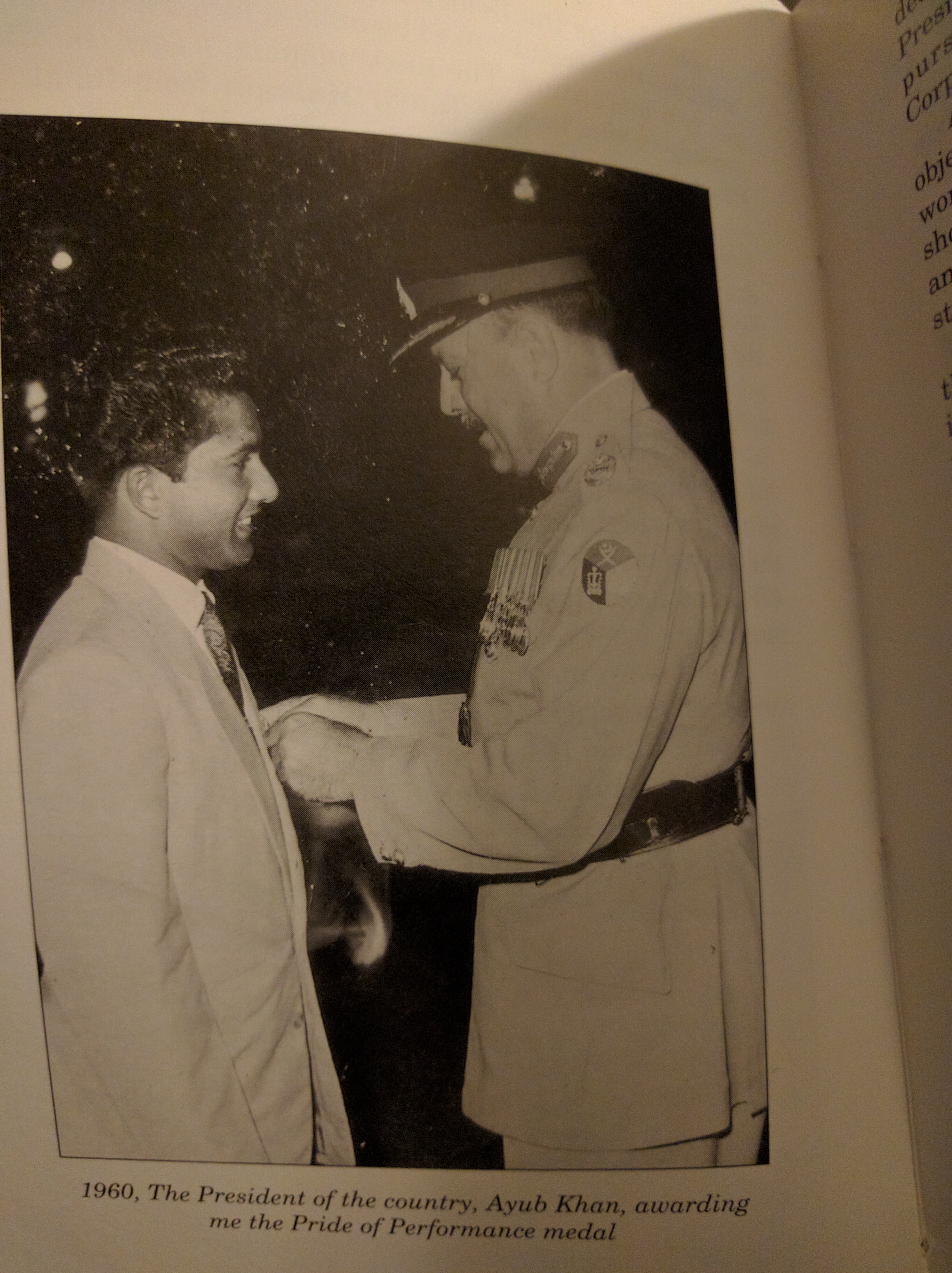 This firmly established him as the mainstay of Pakistan’s batting line up and earned him accolades across the cricketing world and recognition at home from the highest quarters. 337 with 26 fours, 16 threes, 40 twos and 105 singles were no mean feat!
This firmly established him as the mainstay of Pakistan’s batting line up and earned him accolades across the cricketing world and recognition at home from the highest quarters. 337 with 26 fours, 16 threes, 40 twos and 105 singles were no mean feat!